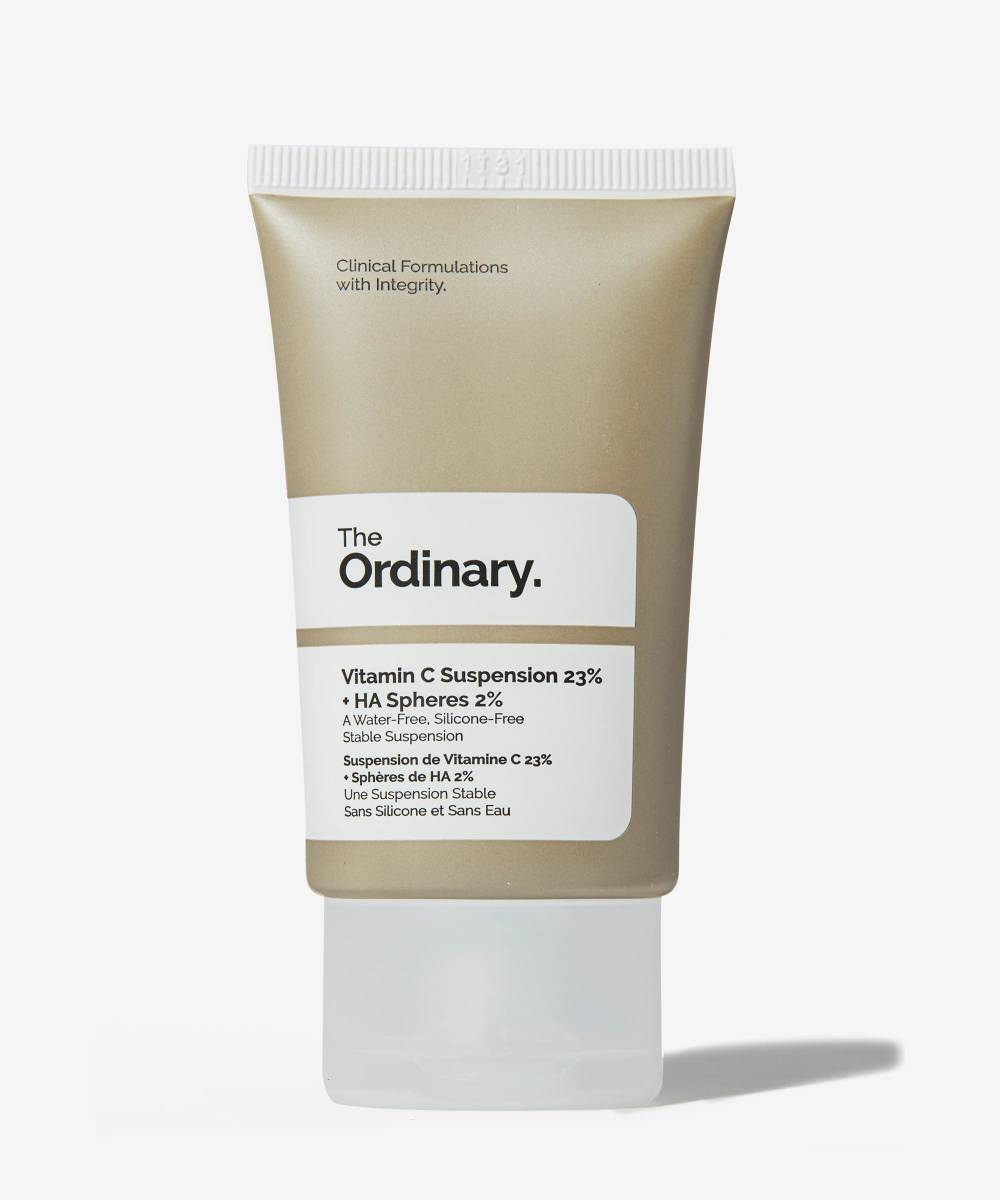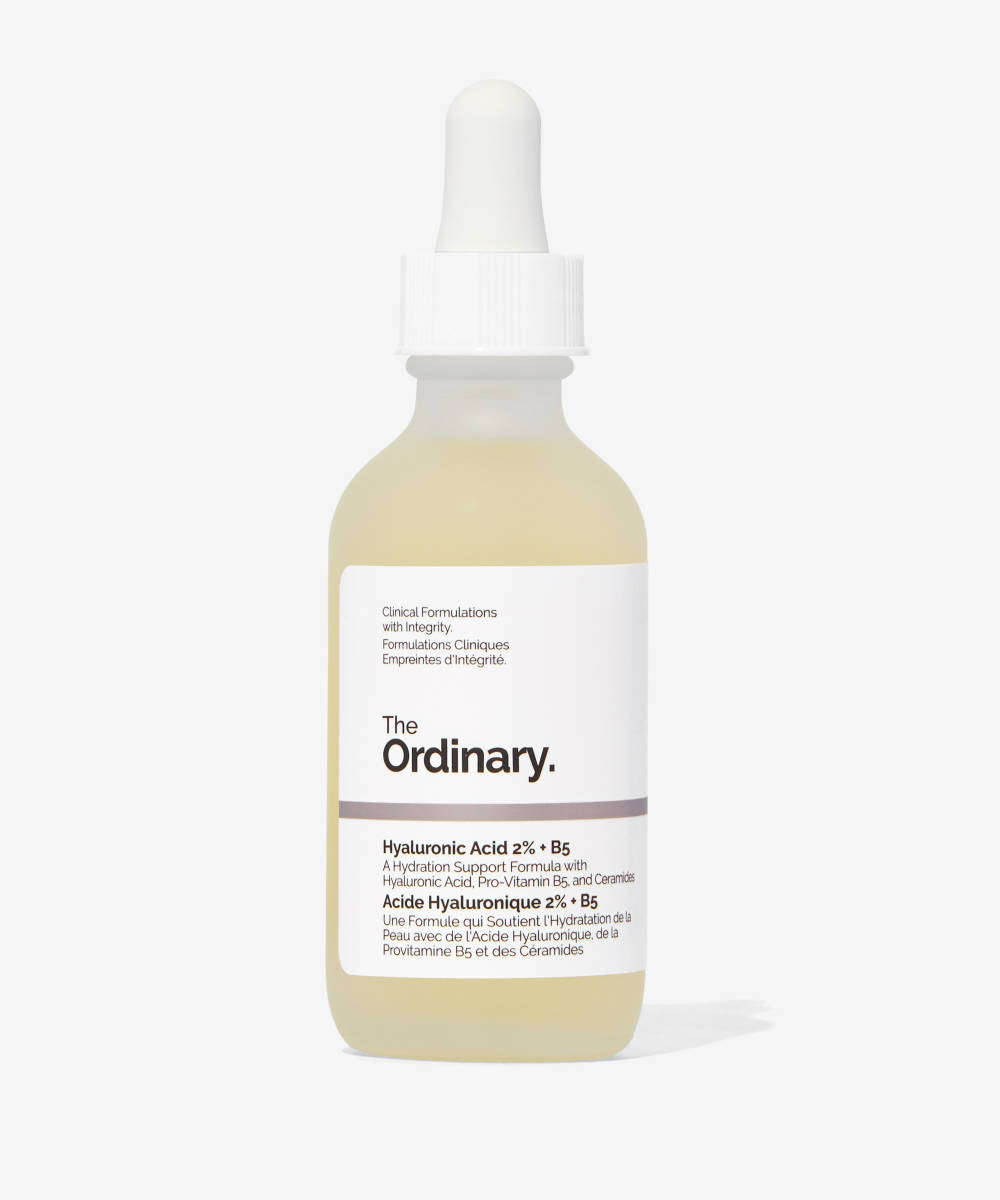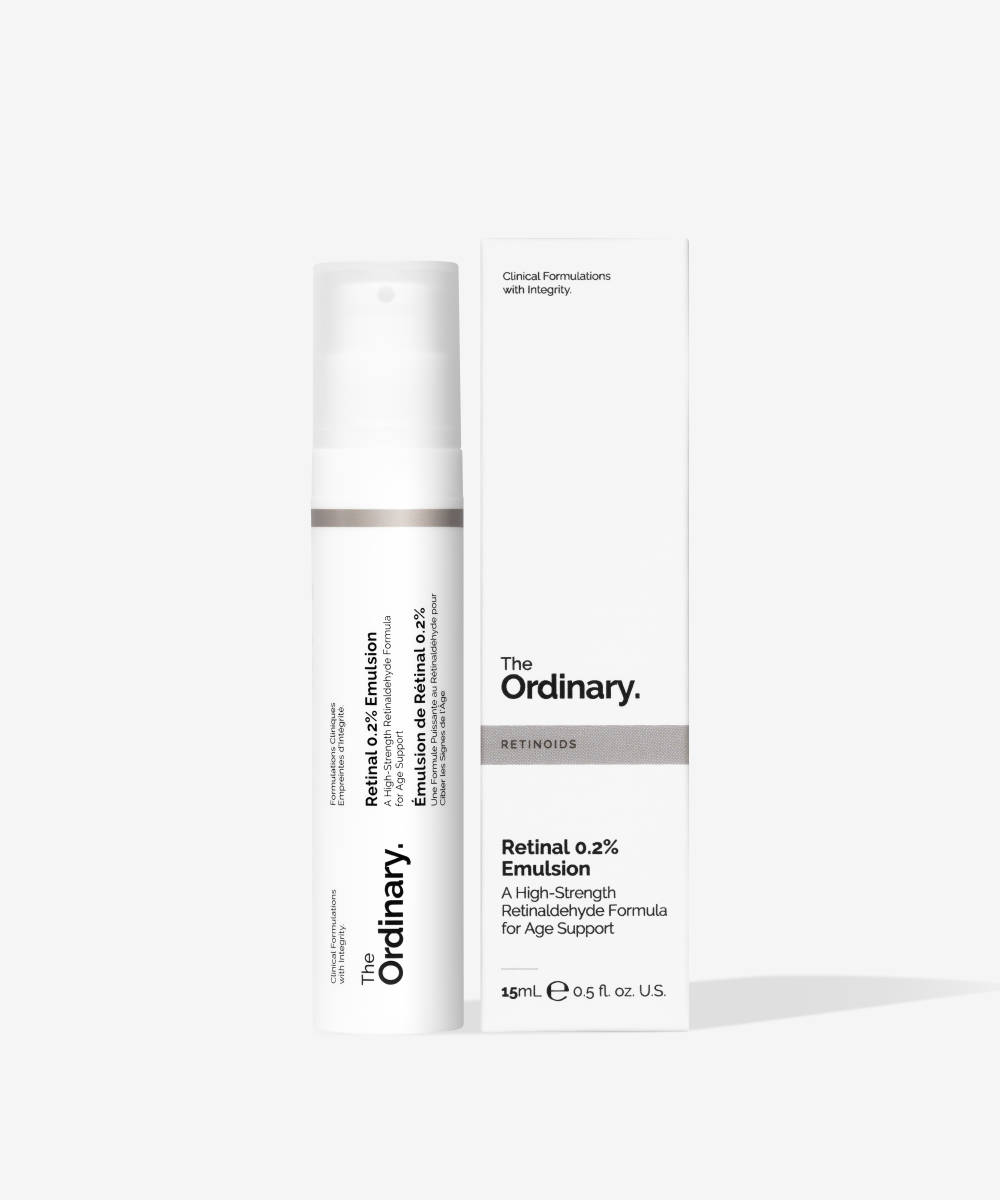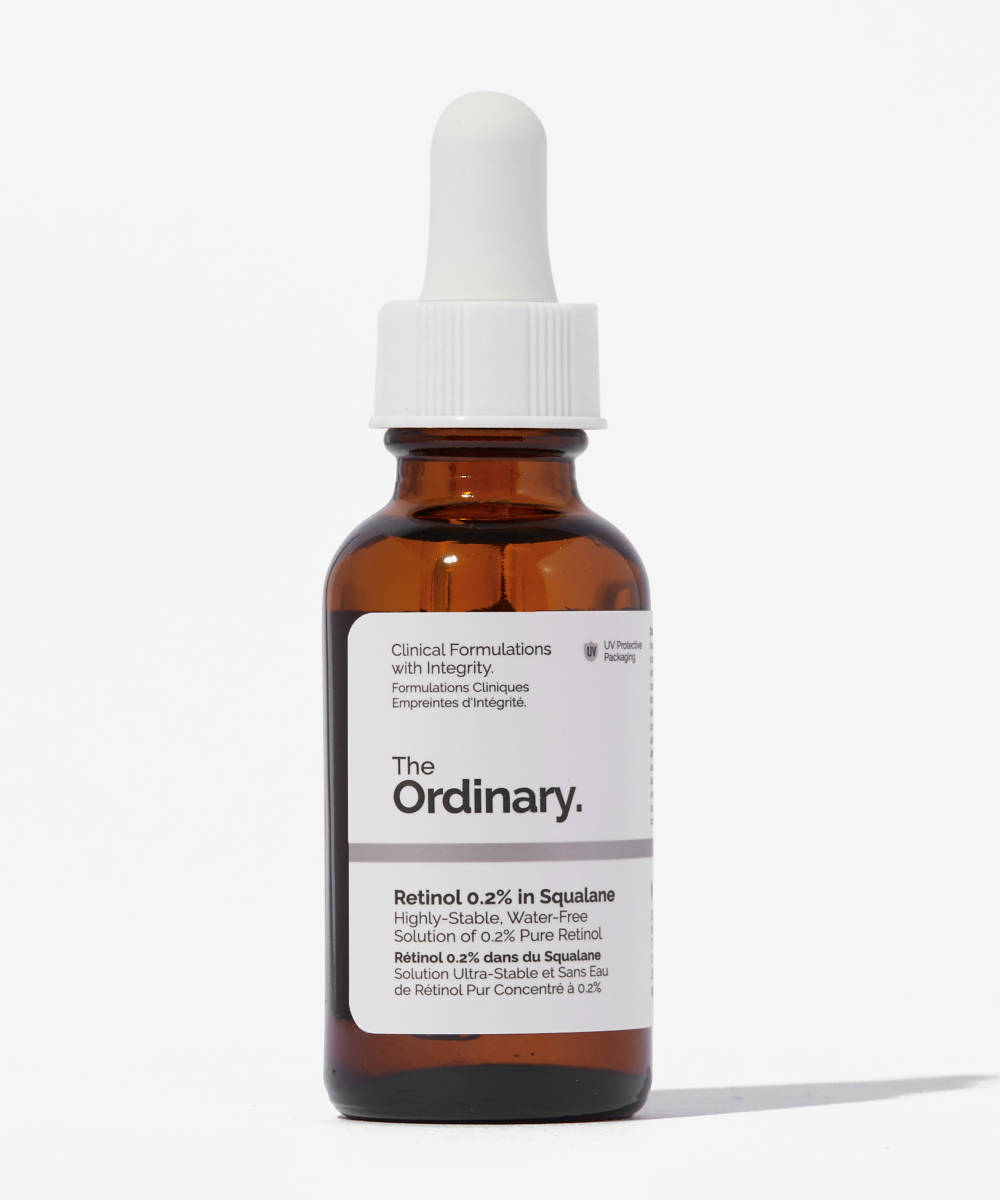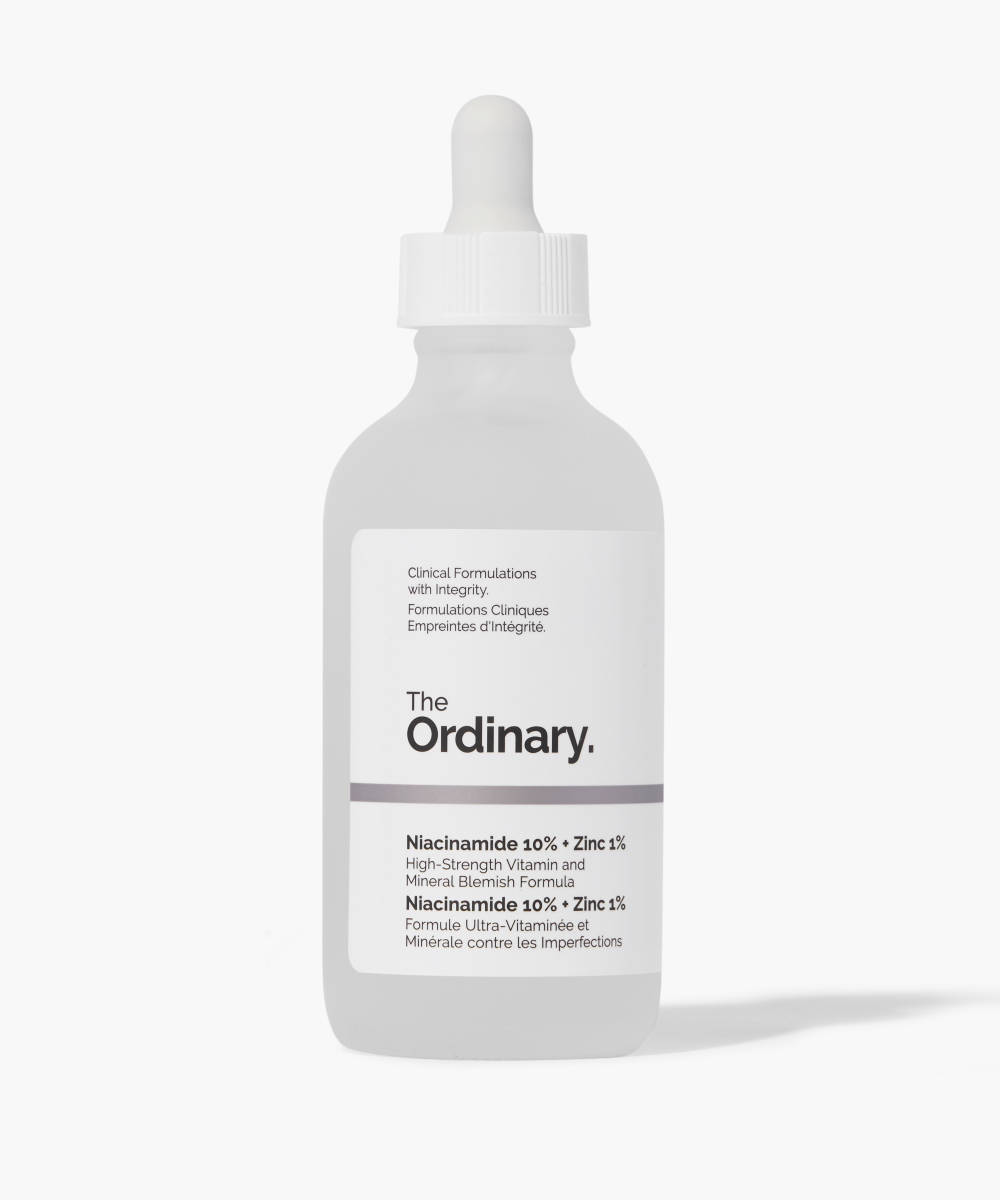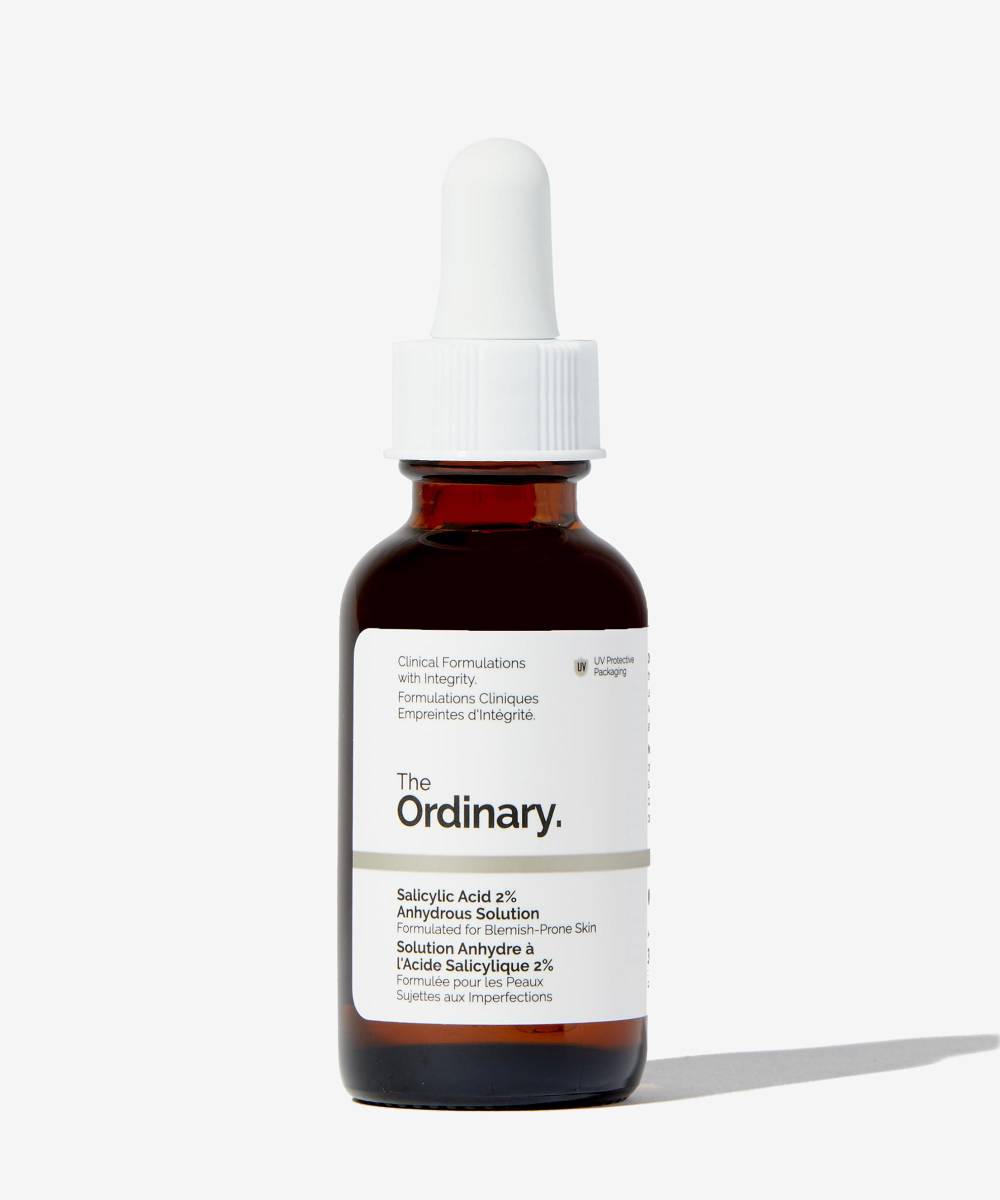Cards on the table, if The Ordinary says “jump”, we jump. And if the brand has skincare secrets to spill, best believe we’re drinking them up. So when we recently held a skincare masterclass with the brand, we couldn’t wait to hear the wisdom they’d bestow on us The Ordinary faithfuls.
They covered the difference between dry skin and dehydrated skin, tips on avoiding pilling, dos and don’ts of teen skincare, and more. Their Scientific Communications Manager, Joe Basham, left no stone unturned. But of course, we couldn’t keep The Ordinary’s skincare secrets to ourselves. Read on the hear everything you didn’t know you needed to hear about skincare.
1. You should try intuitive skincare
We all know that by tailoring your skincare routine, you can keep your skin as healthy, protected, smooth, and radiant as possible. But did you know you should also listen to your skin and treat it accordingly? Joe likes to call this “intuitive skincare.”
He said, “If you wake up and your skin looks dull and feels ‘meh’, you might want to give it a brightening boost with something like vitamin C. Or, you might begin to see some dry skin, so you should reach for something hydrating like The Ordinary Hyaluronic Acid 2% + B5 serum.” Essentially, intuitive skincare is about learning to read and understand your skin to give it the right products and ingredients at the right time.
2. Dry skin and dehydrated skin are different
A lot of us have experienced the timeless skincare wonder of “how do I know if my skin is dry or dehydrated?” But Joe let us know that “although there’s similarities between the two, the main difference is the cause and solution.” If you have dehydrated skin, it might look dull and be uneven due to lack of moisture, as dehydration essentially means your skin is lacking water, “one way to tell is your skin will feel tight after cleansing, which means you should opt for something featuring a hydrating ingredient like squalane.”
Ongoing dehydration can then lead to dry skin, which means you can regularly experience flakiness, irritation, sensitivity, and rough patches on the surface of your skin. There are other causes of dry skin like weather changes, use of harsh skincare ingredients, ageing, and environmental factors, but Joe said the solution once again is “introducing hydrating products into your skincare routine.”
3. It's best to target multiple concerns with one product
With so many effective products on the market, we know the temptation of a 15-step skincare routine. But The Ordinary expert Joe recommends you “simplify your skincare routine and use products that tackle more than one skin concern.” This way, you can still target multiple areas and concerns without layering on product after product. Not only could this cause pilling, but it can also affect the efficacy of the product, as by the time you get to step 12, the skin may not effectively absorb products and gain the benefits.
Joe’s main advice is to “identify your main concern to know which products and ingredients to prioritise.” For example, if you want to tackle both uneven skin texture and discolouration, instead of using two different products, a retinoid will target both simultaneously and reduce your skincare routine steps.
4. Less is more to avoid pilling
If you aren’t familiar with pilling, you’re either blessed, have it sussed, or haven’t had a name for those little clumps of product that appear on your skin after you’ve applied your skincare.
Joe says that when he is testing new formulas from the lab he “uses every type of product with the formulas to make them pill, so they can be reformulated to avoid this problem as much as possible.” He recommends a few skincare methods to minimise pilling, like using no more than three serums and reducing the amount of product you use. For example, you only need 3-4 drops of niacinamide to see results. He adds, “we recommend starting with water-based serums and then add oils.”
5. You can use glycolic acid on your scalp
Along with using exfoliating glycolic acid to brighten, smooth, and even the skin on your face, glycolic acid can also be used to exfoliate a dry and flaky scalp. The Ordinary have carried out testing, which Joe told us about: “As a scientist, I’d expect direct acids to have a negative effect on the skin barrier but it actually helps to increase skin hydration. Not something I ever expected, but it’s great.” He adds, “occasionally, I use it on my elbows and areas I want to target dry skin.”
6. But glycolic acid isn't for your armpits
Although glycolic acid is effective when exfoliating the scalp and can be used to target dry areas on your body, a lot of people use it under their arms to reduce sweating, body odour, and pigmentation. This is because the armpit is an area that is occluded, which can potentially leave the area more prone to irritation by the ingredient. But Joe recommends avoiding your armpits.
He tells us, “the science theoretically stacks up as it’s a lower pH, so it creates an environment where the bacteria that causes odour can’t grow as easily under your arms.” But as it’s a very strong acid and the skin under your arms is much thinner, Joe advises “not using it on your armpits because they are occluding, which makes it much more likely to cause irritation and you could have some big problems in the future.”
7. Darker skin tones don’t necessarily need to avoid glycolic acid
A big topic of conversation within the beauty industry is “is glycolic acid safe for darker skin tones?” As a potent ingredient that targets discolouration amongst other skin concerns, using glycolic acid has become a concern for those with deeper skin tones as for some individuals it may be too strong, leading to irritation that can cause areas of hyperpigmentation.
However, Joe told us, “I’ve looked extensively into a lot of research on this recently and it’s not glycolic acid directly that causes pigmentation, but in fact the way your skin reacts to it.” As glycolic acid is a strong ingredient, it’s this characteristic that causes the irritation and pigmentation that deeper skin tones may experience with use. However, for those who are able to tolerate glycolic acid, it is an ingredient that has been shown to effectively target discolouration, even in deeper skin tones. He recommends undertaking a patch test prior to use, to understand your skin’s tolerance to the ingredient.
8. It's okay to switch up your skincare routine
Finding a skincare routine that works for you is an art, but it can take a while to get there. Joe reassured us that if you aren’t seeing the results you want, it’s okay to change up your skincare routine: “There’s not enough research to back up that switching your skincare routine is bad for you.” So, his advice is if you feel like your skincare routine or products aren’t doing what you want them to, try switching out said products until you find the right ones for you.
However, Joe does recommend giving your products enough time to work before making a full judgement. For many products, testing takes place over a number of weeks, so Joe recommends using products for at least 4 – 6 weeks before making the swap.
9. Teens don't need a 10-step skincare routine
The past few years have seen a huge rise in teen skincare routines and preteens showing an interest in skincare. But some teens are using products with strong ingredients designed for more mature skin, which Joe says “concerns us at The Ordinary.” He told us “They don’t need ten steps as they’re maturing and still young. They could try a cleanser, moisturiser, and maybe a serum like niacinamide.” He recommends if your teen skin is congested, you could also add salicylic acid as this has been tested on teens.
10. But it's okay for teens to use SPF
Although a ten-step skincare routine for teens isn’t needed, Joe told us, “if you’re using skincare, you should add an SPF to protect your skin.” As a teen, your skin is still maturing and collagen (which decreases as we age and causes those fine lines and wrinkles) is still being produced. But it’s good to get into the habit of using SPF and finding the one that’s right for you.
11. Make a note of when you open products
Beauty and skincare product expiry dates vary and it can be tricky to remember those dates. Joe recommends to “write down the date you open products on the product itself so you aren’t using anything out of date or throwing anything away prematurely.” This is especially important for SPF, as using an expired SPF can leave you vulnerable to sunburn or skin damage.

